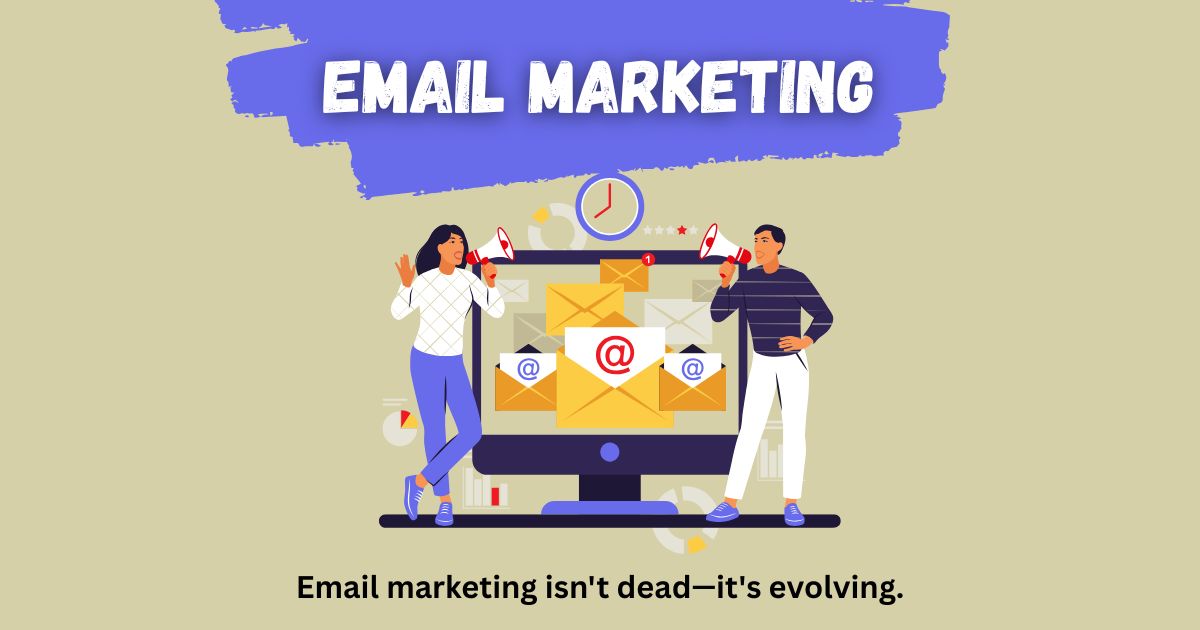
Scrolling through marketing forums and social media, you’ll find plenty of voices declaring email marketing’s demise. “Nobody checks email anymore,” they claim. “It’s all about TikTok and Instagram now.” But before you abandon your email campaigns and redirect your entire budget to social media, let’s examine what the data actually tells us.
Email marketing isn’t just alive—it’s thriving. While newer channels grab headlines, email continues to deliver impressive results for businesses across industries. This post explores why email marketing remains a powerhouse in 2024, addresses common misconceptions, and shows you how to make your campaigns more effective than ever.
Why People Think Email Marketing Is Dead
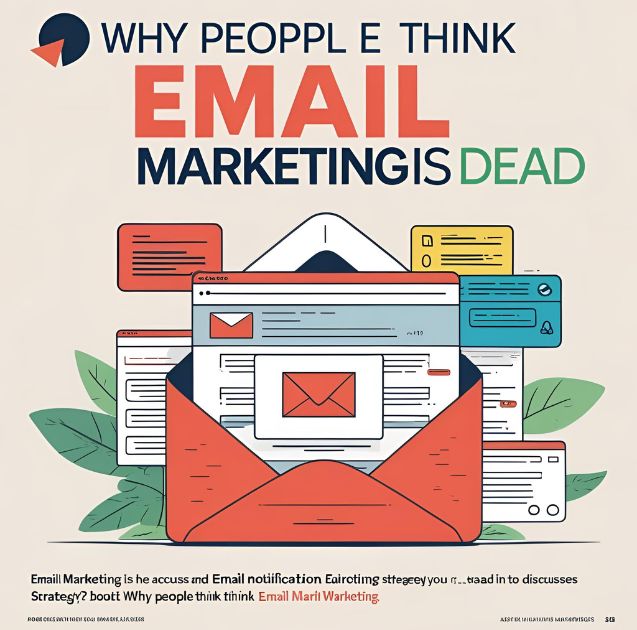
Several factors contribute to the perception that email marketing has lost its effectiveness. Understanding these concerns helps us separate myth from reality.
Information Overload and Inbox Fatigue
The average person receives 121 emails per day. With overflowing inboxes, it’s easy to assume that your messages get lost in the noise. Many marketers experience declining open rates and wonder if people have simply stopped paying attention to email altogether.
The Rise of Social Media Marketing
Social platforms offer immediate engagement and viral potential. When a single TikTok video can reach millions, email’s one-to-one communication model might seem outdated. The visual nature of Instagram and the conversational style of Twitter feel more dynamic than traditional email newsletters.
Changing Consumer Behavior
Younger generations communicate primarily through messaging apps and social media. This shift leads many to believe that email has become irrelevant to modern consumers, particularly those under 30.
Technical Challenges
Deliverability issues, spam filters, and privacy regulations like GDPR have made email marketing more complex. Some marketers, frustrated by these hurdles, conclude that the channel itself is the problem rather than their approach.
The Reality: Email Marketing Is Stronger Than Ever
Despite these challenges, email marketing continues to outperform most other channels across key metrics.
Impressive ROI Numbers
Email marketing generates an average return of $42 for every dollar spent. This ROI significantly exceeds social media marketing, which typically returns $2-5 per dollar invested. Even with increased competition in the inbox, email remains one of the most cost-effective marketing channels available.
Widespread Usage Across Demographics
Email usage spans all age groups. While younger users might prefer Instagram for social interactions, they still rely on email for important communications, purchases, and professional correspondence. Over 90% of adults check email daily, making it a reliable way to reach your audience.
Superior Conversion Rates
Email drives three times more conversions than social media. When someone clicks through from an email, they’re more likely to complete a purchase or take the desired action. This higher intent makes email traffic particularly valuable for businesses focused on revenue generation.
Owned Media Advantage
Unlike social media platforms, where algorithm changes can devastate your reach overnight, email lists represent owned media. You control the communication channel and aren’t subject to platform policy changes or account suspensions.
Common Email Marketing Mistakes That Kill Performance
Many businesses sabotage their email marketing success through easily avoidable mistakes.
Generic, Irrelevant Content
Sending the same message to everyone guarantees poor performance. Subscribers want content that feels personally relevant. Generic newsletters about company updates rarely engage modern audiences who expect personalized experiences.
Poor Subject Lines
Your subject line determines whether someone opens your email. Vague headlines like “Newsletter #47” or overly promotional language like “AMAZING SALE!!!” fail to capture attention. The best subject lines create curiosity while clearly indicating value.
Inconsistent Sending Schedules
Sporadic email campaigns confuse subscribers and hurt deliverability. Consistent communication builds trust and keeps your brand top-of-mind. Whether you send weekly or monthly, maintaining a predictable schedule improves engagement rates.
Ignoring Mobile Optimization
Over 60% of emails are opened on mobile devices. If your emails don’t display properly on smartphones, you’re losing the majority of your audience. Responsive design isn’t optional—it’s essential for modern email marketing success.
Neglecting List Hygiene
Sending emails to inactive subscribers hurts your sender reputation and reduces deliverability. Regular list cleaning removes disengaged contacts and improves your overall performance metrics.
How to Revitalize Your Email Marketing Strategy
Transform your email campaigns from average to exceptional with these proven strategies.
Segment Your Audience
Divide your email list based on behavior, demographics, purchase history, and engagement levels. Targeted campaigns to specific segments generate 760% more revenue than general broadcasts. Start with basic segmentation like new subscribers versus long-term customers, then gradually add more sophisticated criteria.
Personalize Beyond Names
True personalization goes far beyond inserting someone’s first name. Use purchase history to recommend relevant products, send location-based offers, and tailor content to individual preferences. Dynamic content blocks allow you to customize different sections of the same email for various audience segments.
Focus on Value, Not Just Promotion
Every email should provide value to the recipient. Share useful tips, industry insights, exclusive content, or early access to new products. When people benefit from your emails, they’re more likely to engage with promotional content when you do include it.
Optimize Send Times
Test different sending schedules to find when your audience is most responsive. B2B emails often perform better on Tuesday through Thursday mornings, while B2C campaigns might see higher engagement on weekends. Use your email platform’s analytics to identify optimal timing for your specific audience.
Implement Automation
Automated email sequences handle routine communications while maintaining personalization. Welcome series, abandoned cart reminders, and post-purchase follow-ups nurture subscribers without manual intervention. Automation ensures consistent communication while freeing you to focus on strategy and content creation.
Future-Proofing Your Email Marketing
Email marketing continues evolving, and staying current with trends ensures long-term success.
Interactive Email Elements
Modern email clients support interactive features like polls, surveys, and carousel images. These elements increase engagement and provide valuable data about subscriber preferences. Interactive emails stand out in crowded inboxes and encourage active participation.
AI-Powered Personalization
Artificial intelligence helps predict what content individual subscribers want to see. Machine learning algorithms analyze behavior patterns to optimize send times, subject lines, and content recommendations automatically. This technology makes sophisticated personalization accessible to businesses of all sizes.
Privacy-First Approaches
Stricter privacy regulations require transparent data practices and explicit consent. Building trust through clear privacy policies and respectful data handling strengthens subscriber relationships and ensures compliance with evolving regulations.
Why Email Marketing Remains Essential
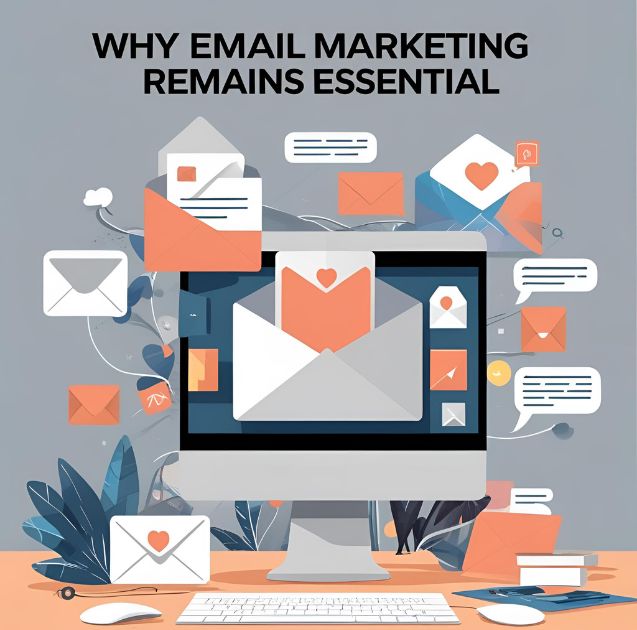
Email marketing’s rumored death has been greatly exaggerated. While the channel faces new challenges, its fundamental strengths—direct communication, high ROI, and broad reach—remain as relevant as ever. The businesses declaring email marketing dead are often those who haven’t adapted their strategies to modern best practices.
Success requires treating email marketing as a relationship-building tool rather than a broadcast medium. Focus on providing value, personalizing experiences, and maintaining consistent communication. When done correctly, email marketing drives more revenue and builds stronger customer relationships than any other digital marketing channel.
Rather than asking whether email marketing is dead, ask whether your approach serves your audience’s needs. The answer to that question determines your success in this enduring and profitable marketing channel.



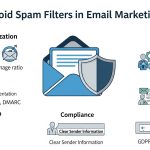



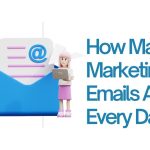







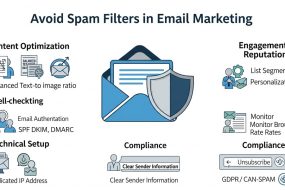
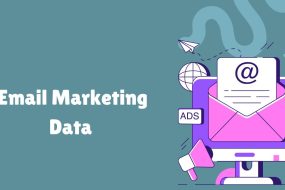
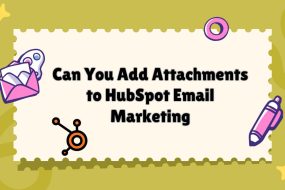
No Comments